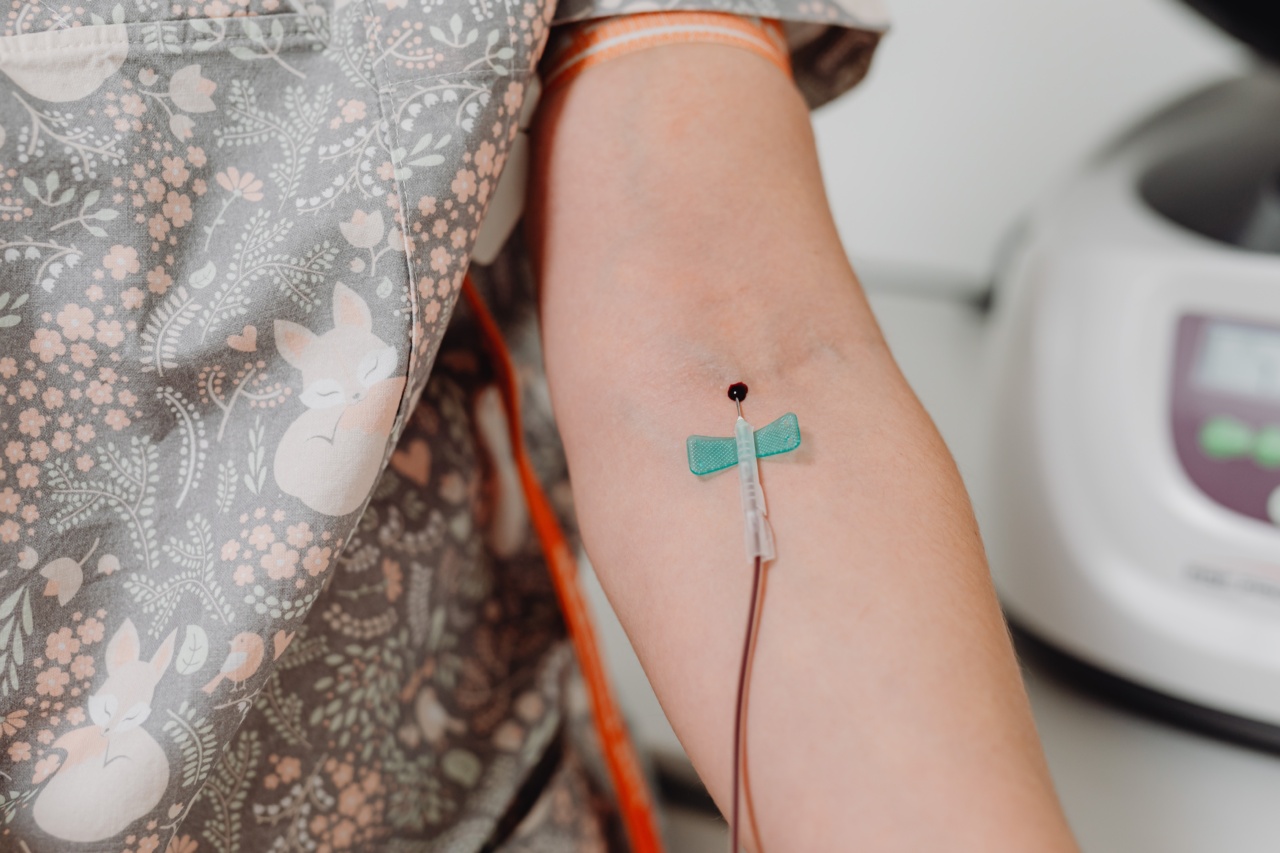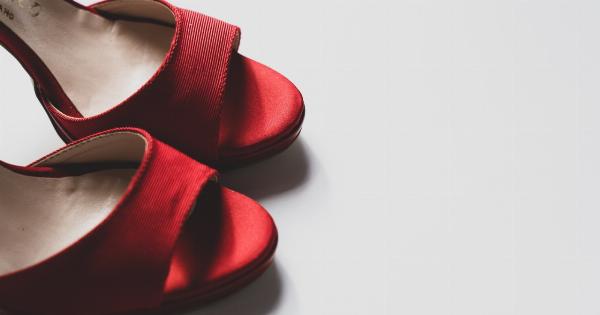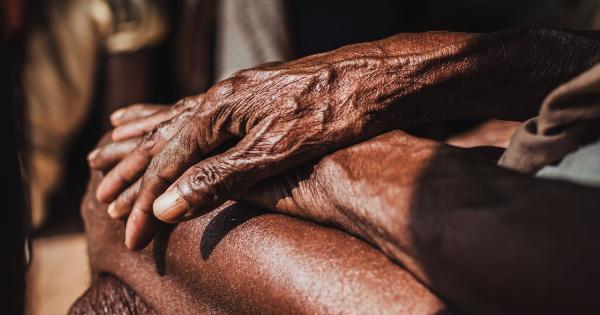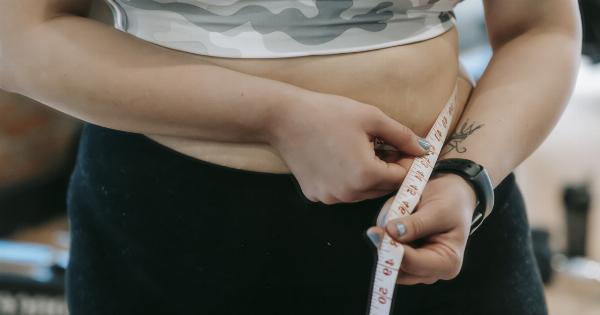Living with venous failure can be challenging, especially when it comes to managing the symptoms and finding effective treatment options.
Venous failure, also known as chronic venous insufficiency, is a condition that occurs when the veins in the legs are unable to efficiently return blood to the heart. This can result in various symptoms such as swelling, pain, varicose veins, and even the development of venous ulcers.
Understanding Venous Failure
Venous failure is typically caused by the weakening or damage of the valves in the veins. These valves are responsible for preventing the backward flow of blood.
When they fail to function properly, blood can pool in the veins, leading to symptoms and complications.
Identifying the Symptoms
Recognizing the symptoms of venous failure is crucial in seeking the right treatment. Some common symptoms include:.
- Swelling of the legs or ankles
- Pain or heaviness in the legs
- Varicose veins
- Cramping or throbbing sensation
- Itchy or dry skin
- Venous ulcers
Effective Coping Strategies
While venous failure may not have a cure, there are several strategies that can help manage the condition and improve quality of life:.
1. Compression Therapy
Compression therapy involves wearing specially designed socks or stockings that apply pressure to the lower legs. This helps improve blood flow and reduces swelling. It is a non-invasive and cost-effective treatment option for venous failure.
2. Lifestyle Modifications
Implementing certain lifestyle changes can make a significant difference in managing venous failure. These include:.
- Regular exercise: Engaging in low-impact exercises such as walking or swimming can promote better circulation.
- Elevating the legs: Elevating the legs above heart level for short periods throughout the day can alleviate symptoms and reduce swelling.
- Maintaining a healthy weight: Excess weight puts added pressure on the veins, so maintaining a healthy weight can help alleviate symptoms.
- Avoiding prolonged sitting or standing: Regularly changing positions and avoiding long periods of sitting or standing can prevent blood pooling.
- Avoiding tight clothing: Wearing loose-fitting clothing can prevent constriction of blood flow.
- Quitting smoking: Smoking damages blood vessels and impairs circulation, making symptoms worse.
3. Medical Interventions
In some cases, medical interventions may be necessary to manage venous failure:.
- Sclerotherapy: This procedure involves injecting a solution into varicose veins to collapse them and redirect blood flow.
- Endovenous Laser Treatment (EVLT): This minimally invasive procedure uses laser energy to close off malfunctioning veins.
- Vein bypass surgery: In severe cases, surgery may be performed to bypass blocked or damaged veins.
4. Wound Care
If venous ulcers develop as a result of venous failure, proper wound care is essential for healing and preventing infection. This typically involves keeping the wound clean, applying dressings, and following the guidance of a healthcare professional.
5. Seeking Emotional Support
Living with a chronic condition like venous failure can take an emotional toll. It is important to seek support from friends, family, or support groups to cope with the challenges and maintain a positive mindset.
Conclusion
Coping with venous failure requires a multi-faceted approach that involves a combination of lifestyle modifications, medical interventions, and emotional support.
By understanding the condition and implementing effective strategies, individuals with venous failure can better manage their symptoms, improve their quality of life, and prevent complications.




























